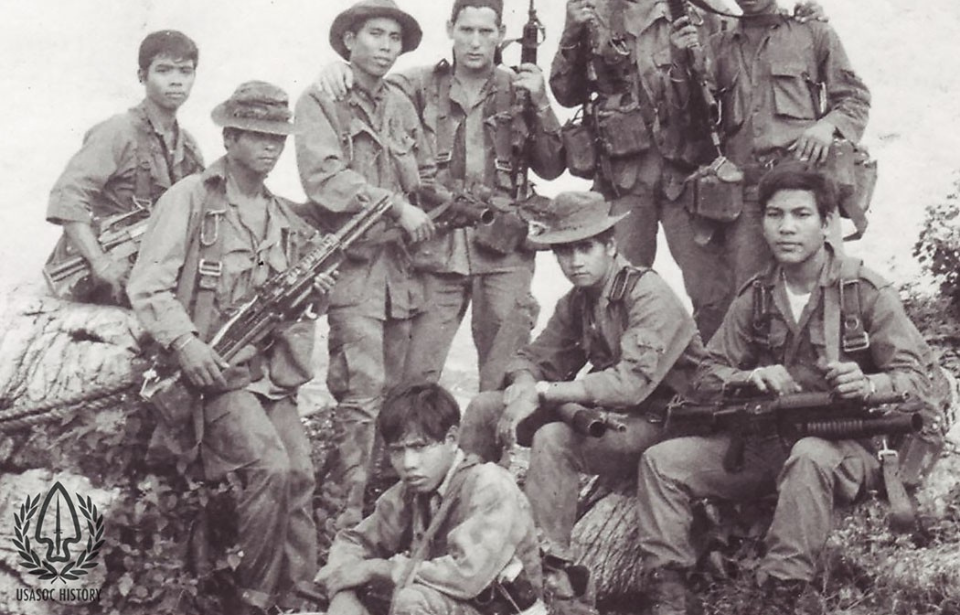You’re probably familiar with the renowned Navy SEALs and Green Berets, highly skilled in conducting guerrilla and counter-guerrilla operations, training local forces and suppressing insurgencies in Vietnam. However, it’s quite likely you haven’t come across MACV-SOG, a unit that blended members from both these elite forces and the CIA. Together, they formed a clandestine unit unparalleled in its covert operations during the war.
MACV-SOG’s mission encompassed a spectrum of unconventional warfare activities in Vietnam, from reconnaissance and daring rescue missions to psychological warfare and the capture of enemy prisoners. Their covert operations had a significant impact on the overall outcome of the conflict.
MACV-SOG’s top-secret beginnings
On January 24, 1964, MACV-SOG, officially known as the Military Assistance Command, Vietnam – Studies and Observations Group, came into existence. Comprised of operators from the most elite branches of the US military, including Green Berets, Navy SEALs, Air Force Commandos, CIA operatives and veterans of the Marine Corps’ reconnaissance units, the group was an assembly of specialized talent.
Initially, MACV-SOG’s operations in Vietnam were overseen by the Special Assistant for Counterinsurgency and Special Activities within the US Department of Defense. This arrangement granted the authority to conduct missions beyond the borders of South Vietnam. Eventually, control of the group was transferred to the military.
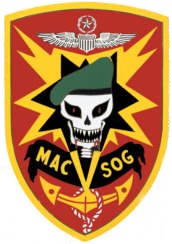
A significant portion of MACV-SOG’s missions occurred within North Vietnam, and the utmost secrecy was imperative. This discretion was necessitated by the official American stance that the US forces were confined to operations within South Vietnam. Additionally, the group dedicated efforts to missions in Laos and Cambodia, due to the strategic significance of the Ho Chi Minh Trail, which played a crucial role in supporting the North Vietnamese Army (NVA).
Given the exceptionally perilous nature of their tasks, MACV-SOG was exclusively composed of volunteers. The hazardous conditions were so pronounced that the casualty rate for operatives stood at a staggering 100 percent; they understood their service would likely culminate in either receiving a Purple Heart for their valor or returning home in a flag-draped casket.
Unidentifiable Americans
Given the top-secret nature of their operations, MACV-SOG had very particular uniform requirements designed to make them unidentifiable as Americans. They donned the tiger stripe camouflage commonly associated with the South Vietnamese, and they didn’t carry any ID, including dog tags and patches. The Green Berets also didn’t wear their identifiable headgear.
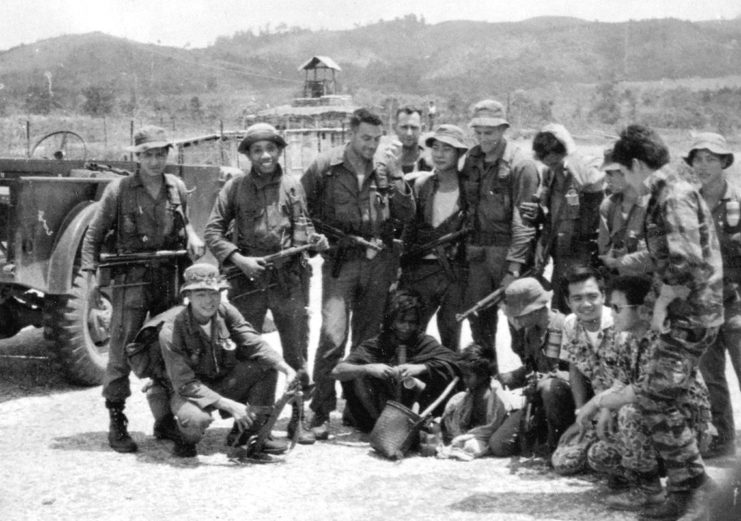
As for weapons, MACV-SOG generally carried either a CAR-15 or AK-47, as well as M79 grenade launchers, all of which had their serial numbers removed, so they couldn’t be identified. Each was carefully attached to the individual in a way that would render any noise from their movement non-existent. The guns were carried with a canvas strap, while the M79s were attached with a D-ring covered in tape.
Operators also carried additional weapons, including fragmentation and V40 mini grenades. For many, their weapons of choice were as unconventional as the missions they undertook. One particular MACV-SOG member, Staff Sgt. Robert Graham, decided to use a 55-pound bow with razor-edged arrows, which he pulled out when his ammo ran low.
Ho Chi Minh Trail
The Ho Chi Minh Trail was the main area of operations for MACV-SOG, given its importance to the guerrillas they fought against. The group’s primarily role here was to be the boots on the ground, providing intelligence back to Saigon. They took photographs, stole enemy documents and bugged communication lines.
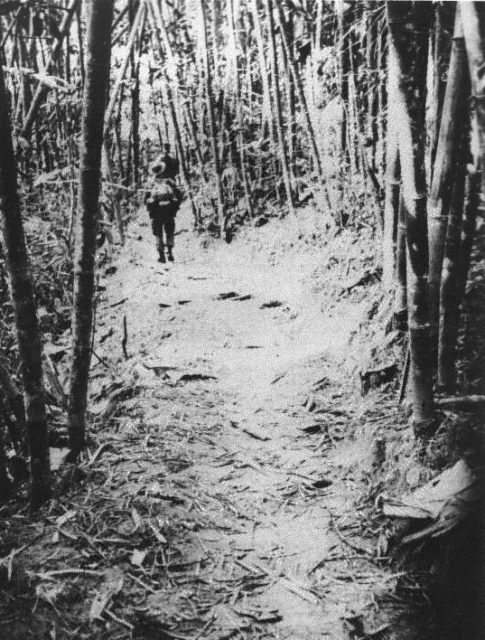
These were extremely dangerous missions, and those tasked with running them were heavily aided by local forces, who made up the majority of a unit’s numbers – two to four Americans were typically paired with between four and nine South Vietnamese guerrillas. In an interview with History of MACV-SOG, Jim Bolen discussed the details of running missions along the Ho Chi Minh Trail, saying every one he ran took place along the network’s arteries.
There would be extensive enemy encampments attached to the trail, which housed thousands of soldiers. Two examples of these terrible odds were the mission on Thanksgiving Day 1968, which saw a six-man team face an enemy force of 30,000, and Frank D. Miller’s solo encounter with 100 NVA troops.
MACV-SOG operations behind enemy lines
In his interview with History of MACV-SOG, Jim Bolen also revealed that he and other operatives were responsible for planting seismic sensors along the Ho Chi Minh Trail, which were monitored by Lockheed C-130E Blackbirds and would inform them of significant enemy movement.
Through this and other forms of reconnaissance, it’s believed MACV-SOG provided 75 percent of American intelligence about the Ho Chi Minh Trail.
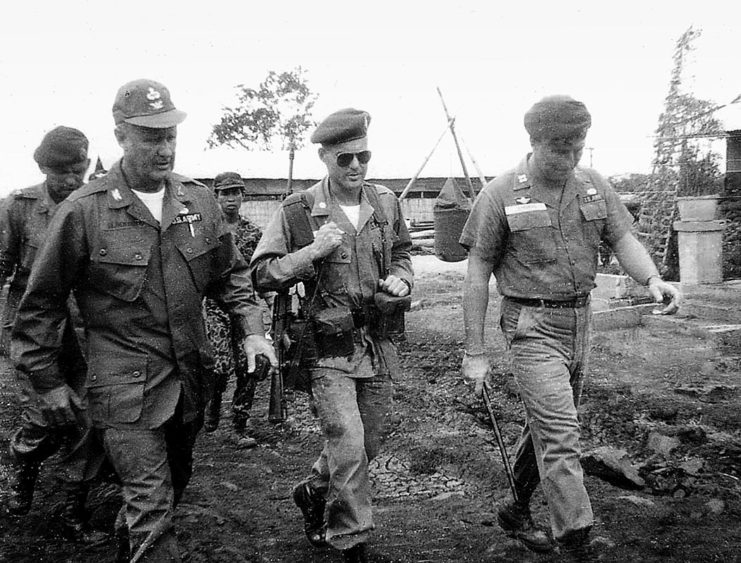
MACV-SOG had another purpose for operating along the Ho Chi Minh Trail: using it to get behind enemy lines to engage in prisoner snatching. This was considered one of the most dangerous missions. Prisoner snatching could be done as either the primary goal of a mission or a secondary one, should the opportunity present itself. Either way, it was heavily encouraged by superior officers.
Prisoner snatching behind enemy lines
MACV-SOG members were given $100 for capturing an enemy soldier, as well as R&R, while their local comrades were given new watches and other cash amounts. With this program in place, they captured 12 soldiers in Laos in 1966 and acquired important information from them, such as troop movements, sizes and base locations.
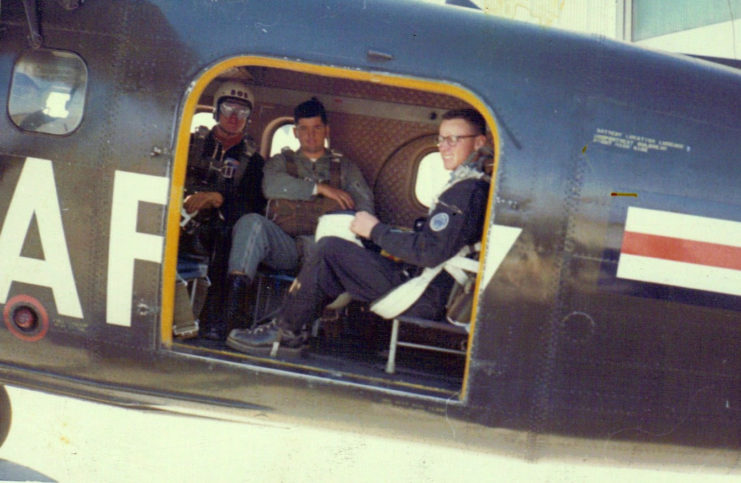
In order to successfully snatch their prisoners, MACV-SOG had to get creative. Lynne Black, a MACV-SOG operator, figured out the precise amount of C-4 needed to knock out a man without killing him (you can imagine the test process). This required an operator to place the explosive along the trail and wait for an enemy combatant to walk near enough to remotely detonate the C-4, swoop in and leave with their unconscious target.
More from us: Despite Being Up Against 2,000 Enemy Troops, Bernard Fisher Risked His Life to Save a Fellow Airman
MACV-SOG was involved in many of the major engagements that took place over the course of the Vietnam War, including Operation Steel Tiger, the Tet Offensive, Operation Tiger Hound, Operation Commando Hunt and the Easter Offensive. Despite this, their involvement was largely kept a secret until the 1980s.
It took until 2001 for the group’s members to be formally recognized, with them being awarded the Presidential Unit Citation.
